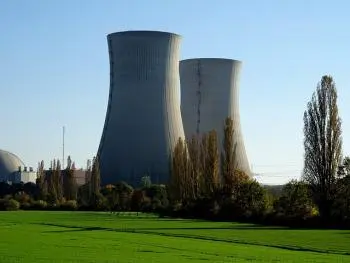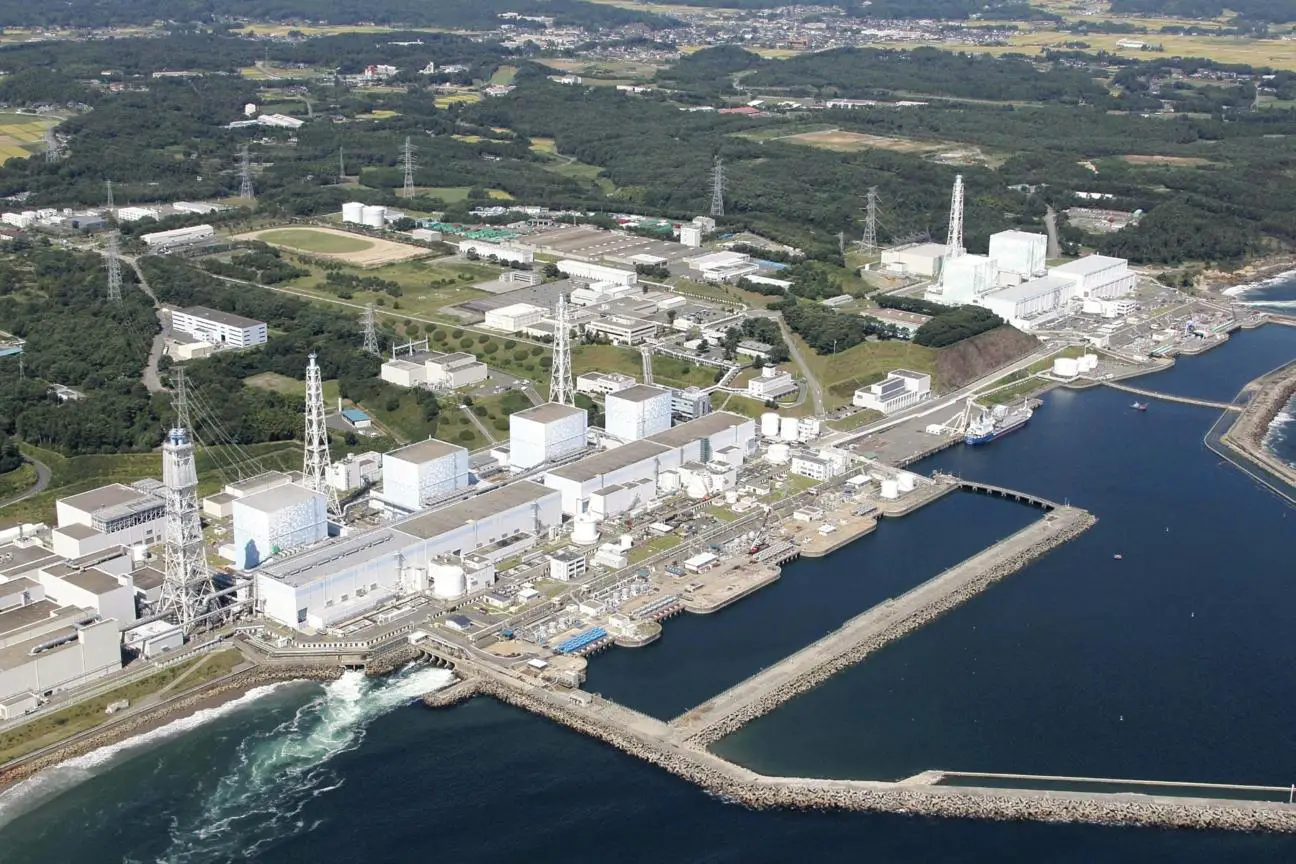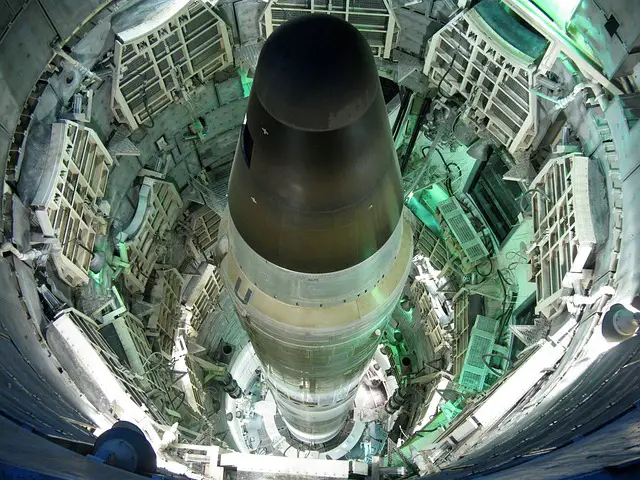
Nuclear fission is a powerful and versatile phenomenon that has left an indelible mark on modern science and technology. From electrical power generation to medicine and space exploration, nuclear fission has proven to be a key driver of innovation.
Below I show you different applications that use nuclear fission with some examples of each one:
Electric power generation
One of the most notable examples of nuclear fission is its use in generating electrical energy in nuclear plants. These facilities harness the immense amount of energy released during fission to efficiently and continuously produce electricity.
 In a nuclear plant, a nuclear fuel, such as uranium-235 or plutonium-239, is used as fissile material. When these nuclei capture neutrons, they become unstable and split into two or more smaller fragments.
In a nuclear plant, a nuclear fuel, such as uranium-235 or plutonium-239, is used as fissile material. When these nuclei capture neutrons, they become unstable and split into two or more smaller fragments.
This process releases a large amount of energy in the form of heat. This heat is used to heat water and produce steam, which in turn drives turbines connected to electrical generators. The result is large-scale electricity production.
Example
The Fukushima Daiichi nuclear plant in Japan, before the tragic accident in 2011, generated approximately 30% of the Tohoku region's electricity. This example illustrates the critical importance of nuclear fission in large-scale energy generation.
space propulsion
Nuclear fission has also been explored as a promising option for spacecraft propulsion. The high energy released by fission could allow spacecraft to travel at much higher speeds and explore distant destinations in space.
Nuclear propulsion in space is based on the idea of using a nuclear reactor aboard a spacecraft to heat and expel propellant, such as hydrogen, through a propulsion engine. The energy released by fission is used to heat this propellant to extremely high temperatures, creating a high-speed exhaust jet that propels the spacecraft forward.
Example
NASA's "Orion" project is a key example of a nuclear propulsion system that could significantly shorten interplanetary travel times. This technology could pave the way for manned missions to Mars and beyond.
Radioisotope Production
Nuclear fission is used to produce radioisotopes, which have a variety of medical, industrial, and scientific applications. For example, the radioisotope technetium-99m is used in nuclear medicine for diagnostic imaging.
Radioisotopes are unstable atoms that emit ionizing radiation. This radiation is used in medical applications to diagnose diseases and in therapies to treat certain types of cancer. The controlled production of radioisotopes in nuclear reactors is essential to ensure a constant and reliable supply of these vital materials.
Example
Technetium-99m is essential for medical procedures such as bone scans, which help doctors diagnose bone diseases and assess thyroid gland function.
Nuclear weapons
 While this is a controversial example, nuclear fission has also been used in the manufacture of nuclear weapons. These weapons take advantage of the extremely powerful energy release that occurs during fission to cause devastating explosions.
While this is a controversial example, nuclear fission has also been used in the manufacture of nuclear weapons. These weapons take advantage of the extremely powerful energy release that occurs during fission to cause devastating explosions.
Las armas nucleares basadas en la fisión funcionan mediante la creación de una reacción en cadena incontrolable en la que una serie de núcleos de uranio-235 o plutonio-239 se dividen y liberan una cantidad masiva de energía en forma de una explosión nuclear. Este tipo de arma tiene un poder destructivo devastador y ha llevado a esfuerzos internacionales para limitar su proliferación.
Ejemplo
El desarrollo de la bomba atómica dentro del Proyecto Manhattan que lideró el físico Robert Oppenheimer fue el primer ejemplo en que se utilizó la fisión nuclear para crear una bomba. El bombardeo atómico de Hiroshima y Nagasaki durante la Segunda Guerra Mundial ilustra trágicamente el impacto destructivo de las armas nucleares basadas en la fisión.
Investigación Nuclear
La fisión nuclear también desempeña un papel crucial en la investigación científica. Los aceleradores de partículas y los reactores de investigación utilizan la fisión para estudiar la estructura de la materia y realizar experimentos nucleares controlados.
Los reactores de investigación son instalaciones diseñadas específicamente para llevar a cabo experimentos nucleares controlados. Estos reactores se utilizan en una amplia variedad de campos, desde la física de partículas hasta la investigación médica y la generación de isótopos para aplicaciones industriales y médicas.
Ejemplo
El Gran Colisionador de Hadrones (LHC) en el CERN utiliza aceleradores que aprovechan principios de fisión nuclear para colisionar partículas subatómicas y estudiar la física fundamental.
Conclusión
Nuclear fission is a powerful force in the modern world, with a wide range of applications that directly affect our daily lives. From power generation to medicine to space exploration, this technology continues to drive innovation and push science to new horizons.
Nuclear fission is a valuable tool, but its management must be careful and ethical to ensure a safer and more prosperous world.


